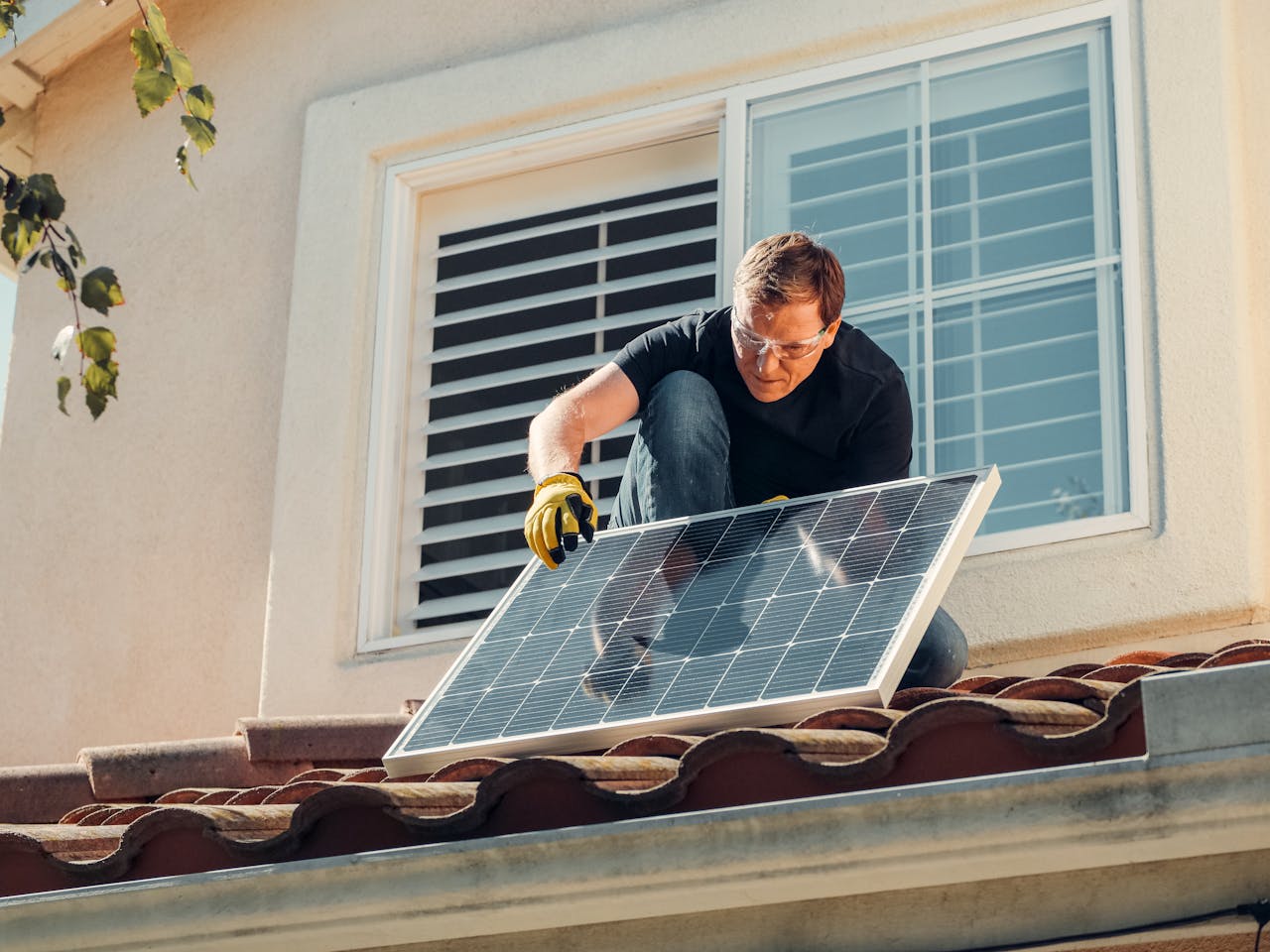
Solar panel systems have become increasingly popular as individuals seek to produce their own energy, lessen dependency on traditional power supplies, and cut down on electricity bills. Yet, a frequent concern among potential solar adopters is: How much energy do solar panels actually generate? Determining the energy yield of solar panels is vital for assessing their feasibility and cost-effectiveness. In this comprehensive guide, we will explore the factors that affect solar energy production and equip you with the knowledge to estimate your solar yield efficiently.
One of the first steps in calculating the solar energy your panels can produce is to measure your usable roof space. Additional space allows for more panels, which translates to greater energy generation. Typically, a solar panel occupies about 1.7 square meters. For instance, a roof with an available area of 20 square meters can accommodate approximately 11 to 12 panels. Be mindful of obstacles like chimneys, vents, or skylights that can diminish the panel-suitable area.
Measure your roof using a measuring tape for basic shapes or a drone and satellite images for more intricate designs. These methods can help account for the roof pitch— a critical aspect since different pitches can alter the actual surface area available for solar panels. For instance, a roof with high pitch might provide a larger surface compared to a flat roof of the same footprint.
The orientation of your roof is a crucial element in solar energy generation. For homes in the northern hemisphere, south-facing roofs are optimal as they soak in the most sun. Southeast and southwest directions work also well. On the contrary, north-facing roofs are often less suitable for solar panels unless equipped with systems specifically designed to capture sunlight. Should your roof orientation be suboptimal, adjustable mounts can realign the panels to improve efficiency.
Homes with east or west-facing roofs can still produce significant solar power. However, the yield might be slightly lower than that from a south-facing setup. In such scenarios, consider bifacial panels, which gather sunlight from both sides, to enhance efficiency.
The tilt angle of solar panels affects their sunlight capture capability. Ideally, a tilt of 25 to 35 degrees is recommended to maximize annual solar production. For those with flat roofs, tilted mounts can be employed to achieve the optimal angle. Ensure that sloped roofs naturally meet this angle range for peak efficiency. Adjusting tilt angles seasonally can further enhance energy collection, although it may require extra equipment.
For example, during winter, when the sun is lower, a steeper tilt can capture more sunlight. Meanwhile, in summer, a shallower angle might prove more productive. Though beneficial, moving the panels seasonally is not always practical due to the additional labor or the need for complex mounting systems.
Your geographical location significantly affects solar energy prospects. Solar radiation varies greatly by region. Areas like southern Spain or California enjoy abundant sunshine, while places like northern Germany or Canada receive less. In Europe, the yield per installed kilowatt peak (kWp) generally lies between 900 and 1,300 kWh. Researching your region's average solar radiation helps provide a realistic forecast of your solar capabilities.
Local weather patterns, such as persistent cloudiness or snowfall, can also curb solar output. In regions with marked seasonal changes, account for these variations when evaluating your system's year-round performance.
Solar panel output, specified in watts peak (Wp), denotes the maximum power under ideal conditions. Standard panels yield around 150 to 220 Wp per square meter. High-efficiency panels can surpass this, but they often come at a higher cost. When choosing panels, strike a balance between cost and efficiency that best meets your requirements.
Consider also the degradation rate of panels, indicating the gradual decline in performance over time. Most panels include warranties guaranteeing performance levels—typically 80-90% of the original output after 25 years. This information is crucial for long-term solar investment planning.
Once you have all necessary information, use a solar calculator to estimate your potential energy yield. These calculators process data on roof area, orientation, tilt angle, and geographic location to give an approximate prediction of your solar system's output. Numerous free online calculators are available, offering a good initial evaluation for solar viability.
Bear in mind that while these tools are helpful, they might not factor in all nuances, such as shading from structures or flora. For a more accurate assessment, consider consulting a solar energy expert who can perform a detailed site evaluation.
Conclusion: By evaluating a few critical factors, you can estimate how much electricity your roof can generate and determine if solar panels are a smart investment. By understanding these energy production influences, you become empowered to make informed decisions about solar energy utilization for your home. For a smoother, more precise calculation, we recommend using our tailored online tool, offering a straightforward approach and individualized suggestions for your specific case.